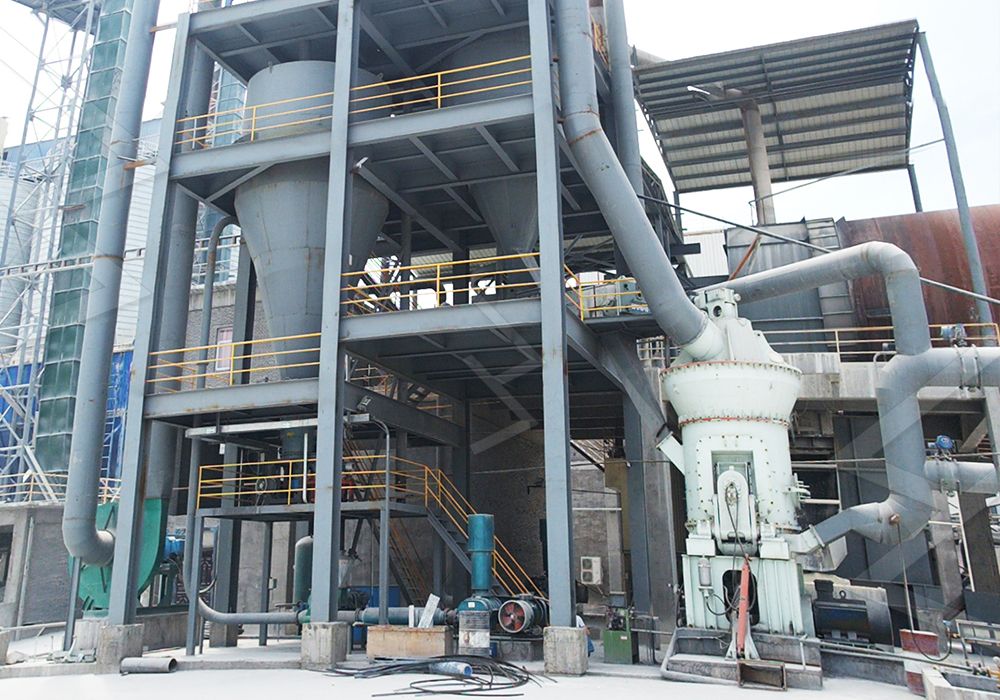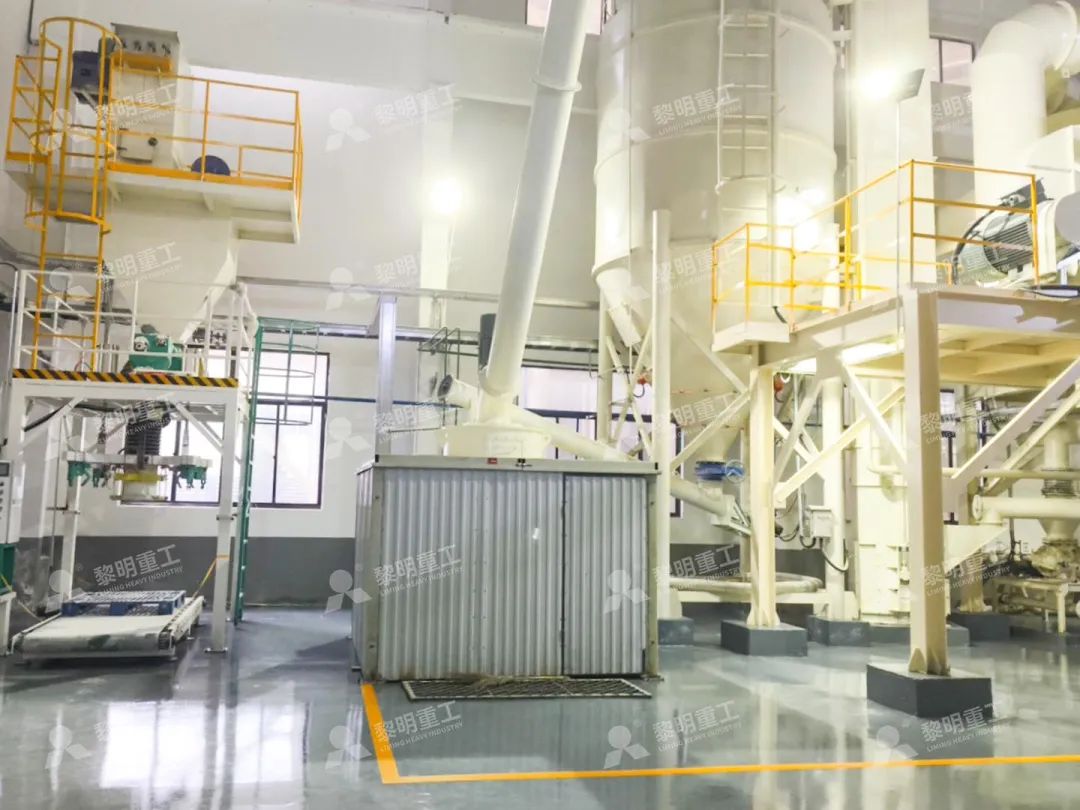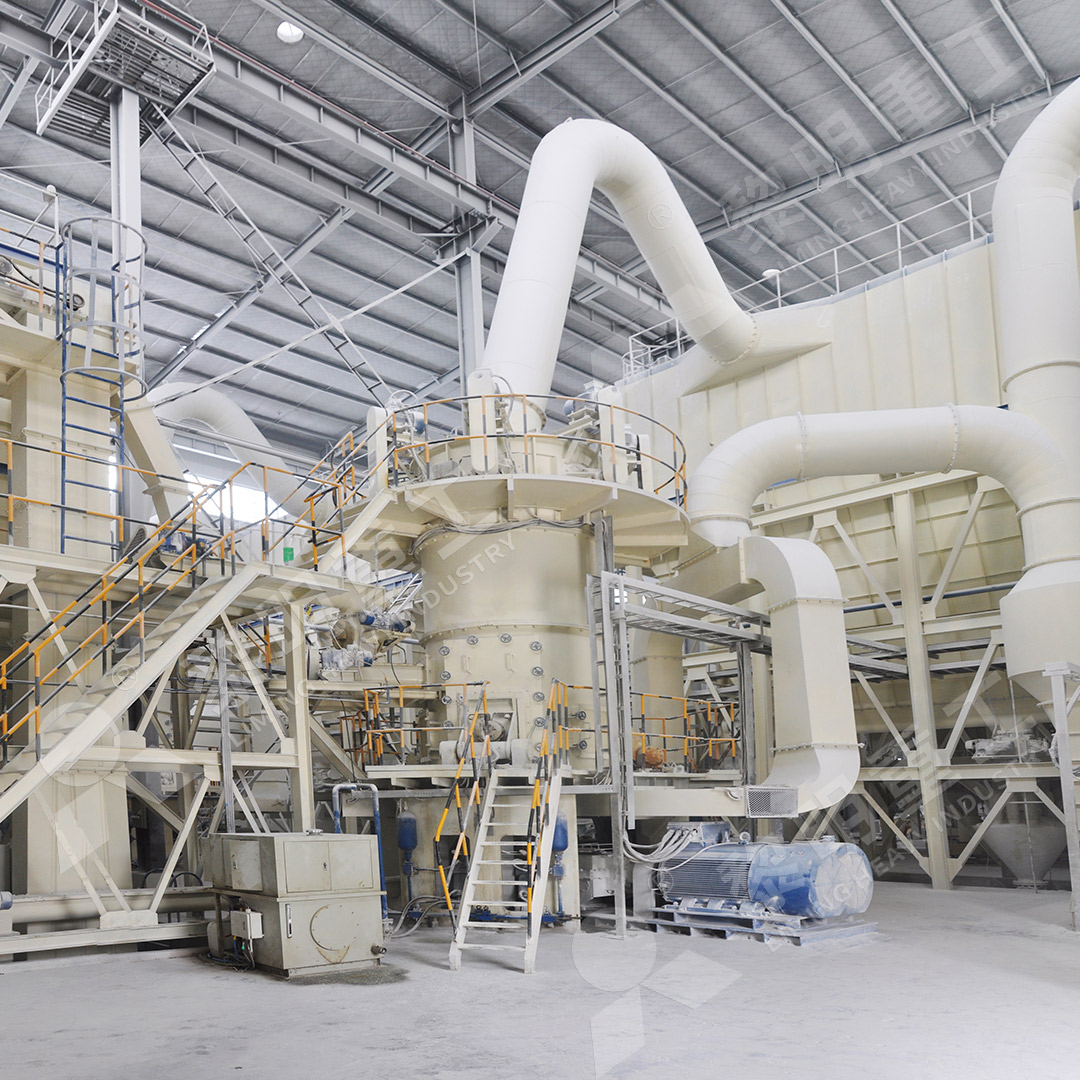Iron Oxide Vertical Roller Mill for Efficient Grinding
Iron Oxide Vertical Roller Mill for Efficient Grinding
Iron oxide pigments represent one of the most crucial materials across numerous industrial sectors, from construction and coatings to plastics and ceramics. The efficient processing of these materials demands grinding equipment that can deliver precise particle size distribution, maintain product purity, and operate with minimal energy consumption. Vertical roller mills have emerged as the technology of choice for these applications, offering significant advantages over traditional ball mills and Raymond mills.
The unique properties of iron oxide – including its abrasiveness and specific density requirements – present particular challenges for grinding operations. Vertical roller technology addresses these challenges through its bed compression grinding principle, where material is ground between rollers and a rotating table. This method generates less heat than impact-based systems, preserving the chemical properties of iron oxide pigments while achieving superior fineness control.

When processing iron oxide, the choice of grinding mill directly impacts product quality, operational costs, and environmental compliance. Our extensive research and field experience have demonstrated that specifically engineered vertical mills can increase grinding efficiency by up to 40% compared to conventional systems, while reducing energy consumption by 30-50%. These improvements translate directly to lower production costs and enhanced competitiveness for pigment manufacturers.
Advanced Technology for Superior Iron Oxide Processing
The grinding of iron oxide requires careful consideration of several technical factors. The material’s moderate hardness (Mohs 5.5-6.5) combined with its abrasive nature demands robust grinding elements and precise control over the grinding pressure. Modern vertical roller mills incorporate hydraulic systems that allow operators to adjust grinding pressure in real-time, optimizing the process for different iron oxide grades and desired fineness levels.
Another critical aspect is product contamination. Iron oxide used in premium applications such as cosmetics, food packaging, and high-value coatings must maintain exceptional purity. Vertical roller mills with their minimal metal-to-metal contact and advanced sealing systems significantly reduce the risk of ferrous contamination compared to traditional milling approaches.
Recommended Solution: MW Ultrafine Grinding Mill
For operations requiring ultra-fine iron oxide powders, our MW Ultrafine Grinding Mill represents the pinnacle of grinding technology. Specifically engineered for customers who need to make ultra-fine powder, this machine excels in processing iron oxide to fineness levels between 325-2500 meshes. With an input size capability of 0-20 mm and capacity ranging from 0.5-25 tph, the MW series accommodates both pilot-scale testing and full production requirements.
The MW Ultrafine Grinding Mill incorporates several proprietary technologies that make it particularly suitable for iron oxide processing. Its newly designed grinding curves of grinding roller and grinding ring further enhance grinding efficiency, delivering production capacity 40% higher than jet grinding mills and stirred grinding mills. The cage-type powder selector adopts German technologies, effectively increasing the precision of powder separation – a critical factor when working with iron oxide pigments where consistent particle size distribution directly impacts color strength and application performance.

Operational reliability is another standout feature of the MW series. The absence of rolling bearings and screws in the grinding chamber eliminates concerns about bearing damage or sealing part failures. This design innovation, combined with external lubrication that enables maintenance without shutdown, ensures continuous 24-hour operation – essential for meeting production targets in competitive pigment markets.
Environmental Considerations in Iron Oxide Grinding
Modern manufacturing must balance production efficiency with environmental responsibility. The MW Ultrafine Grinding Mill addresses this balance through its integrated pulse dust collector and muffler system, which effectively contains iron oxide dust – a significant concern given the material’s coloring properties and potential environmental impact. The entire milling system operates without dust pollution, while the silencer and noise elimination room reduce operational噪音 to comply with stringent environmental standards.
This environmental focus extends to energy consumption. By reducing system energy consumption to just 30% of comparable jet grinding mills, the MW series not only lowers operational costs but also minimizes the carbon footprint of iron oxide processing – an increasingly important consideration for manufacturers serving environmentally conscious markets.

Frequently Asked Questions
What makes vertical roller mills better than traditional ball mills for iron oxide grinding?
Vertical roller mills offer several advantages including 30-50% lower energy consumption, superior particle size distribution control, reduced floor space requirements, and lower noise levels. The bed compression grinding principle also generates less heat, preserving the chemical properties of iron oxide pigments.
Can the MW Ultrafine Grinding Mill handle different types of iron oxide?
Yes, the MW series is engineered to process various iron oxide forms including red, yellow, black, and brown oxides. The adjustable grinding parameters and precision separation system allow operators to optimize the process for each specific type and desired fineness.
What fineness levels can be achieved when grinding iron oxide?
The MW Ultrafine Grinding Mill can produce iron oxide powders with fineness between 325-2500 meshes, with the capability to achieve d97≤5μm in a single pass. This range covers most industrial applications from construction materials to high-value specialty pigments.
How does the mill prevent contamination of the iron oxide product?
Through several design features including minimal metal-to-metal contact, advanced sealing systems, and the absence of rolling bearings in the grinding chamber. The mill’s construction materials and precision machining further reduce the risk of foreign particle introduction.
What about maintenance requirements for iron oxide grinding operations?
The MW series requires significantly less maintenance than traditional mills. The external lubrication system allows servicing without shutdown, and the robust construction of grinding elements extends operational life. Our comprehensive spare parts support ensures worry-free operation with minimal downtime.
